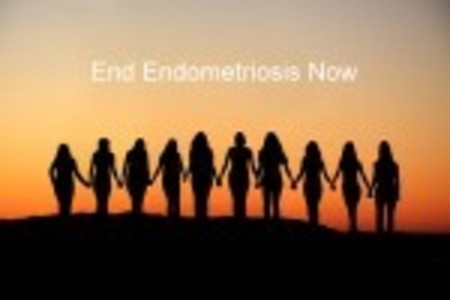I’ve been writing for Hormones Matter for several months now and I’ve been thinking a lot about just how much hormones really do matter. After all, we’re all only alive because of hormones when you get right down to it. Yet, most of us give very little thought to our hormones or why they matter until we’re forced to do so for some reason.
As young adolescents, we’re taught mostly in health class that hormones prompt our bodies to develop into those of men and women. We recognize that underarm and pubic hair growth is an indication that all is going well. Boys voices deepen and girls develop breasts. New sexual feelings slowly emerge and the world takes on new meaning and all things become more colorful. We become alive as it were and suddenly have another purpose – that of connecting sexually and of reproducing at some point. There’s a good amount of information about how hormones influence sex and reproduction. Sadly, the information seems to mostly end there. It wasn’t until my hormone-producing organs were removed through an unconsented hysterectomy and bilateral salpingo oophorectomy that I began to realize how much my hormones had mattered.
In simplest terms, hormones are chemical messengers which travel through our blood and enter cells, tissues and organs where they turn on switches to the genetic machinery that regulate everything from reproduction to emotions, overall health and well being. Certain hormones have an effect on particular cells known as ‘target cells’. A target cell reacts to a particular hormone because it bears receptors for that hormone. This is why there’s never a time in a woman’s life when she doesn’t need hormones. Hormones can be thought of as the life giving force that ‘animates’ us physically, mentally, emotionally and even spiritually. When a woman undergoes hysterectomy, hormone-producing organs are permanently removed and hormones are lost forever. It’s important to know that hormones aren’t only involved in the production of a new life (as in baby in the womb new life), they sustain all life.
Realizing How Much Hormones Matter
At the time of my father’s death from a massive heart attack in 2009, I was still reeling from hysterectomy and ovary removal in 2007. I’ll never forget the first time I saw my father’s body after he passed away. It hit me really hard to see him full of life one day and then see him completely and utterly lifeless the next. It hit my son Christopher even harder I think. I’ll never forget his comment as he looked at his grandfather’s ‘lifeless’ body just before the dreaded funeral. He said matter-of-fact like “Papaw’s spirit is gone. There’s no more animation.” Christopher’s observation was a very profound one indeed. In a very real sense, I suppose that is what death means – no more animation. I’d never thought of it exactly like that before.
Suddenly, I couldn’t help but think about how much I had changed since hysterectomy. It was as if the very life had been sucked right out of me too. I wasn’t dead, but I wasn’t really alive either – at least not in any way that mattered. Along with the loss of my female organs, I had lost my animation in many ways too. My eyes no longer sparkled. My skin no longer glowed. All things became dry, dull and lackluster. Everything became an effort and ‘feelings’ were no longer present. Remember how it felt when you became sexually aware? Well think of the opposite of that. While I once viewed the world in living color, things appeared mostly grey to me after hysterectomy and the loss of hormones. In short, I lost my animation.
Beyond reproduction and the other physiological functions ovarian hormones control, in many ways, these hormones animate us. They provide the subtle nuances that make life interesting – a life giving force that colors our physical, mental, emotional and even spiritual selves. To be animated is to have life, interest, spirit, motion and activity. What happens when a woman undergoes hysterectomy and castration? Pretty much the same thing that happens to a man who is castrated, she loses her animation, her color – everything that makes life interesting and worth living disappears. And this is on top of the health issues that arise from the loss of hormones.
There can be no question that hormones matter. It is too bad that we don’t know this until after they are gone. Please give this much thought before ever agreeing to removal of your hormone-producing and life-sustaining organs. Always weigh the benefits and risks.
Hysterectomy Research
Hormones Matter is conducting research on hysterectomy outcomes. If you have had a hysterectomy, please take a few minutes to complete The Hysterectomy Survey.




























